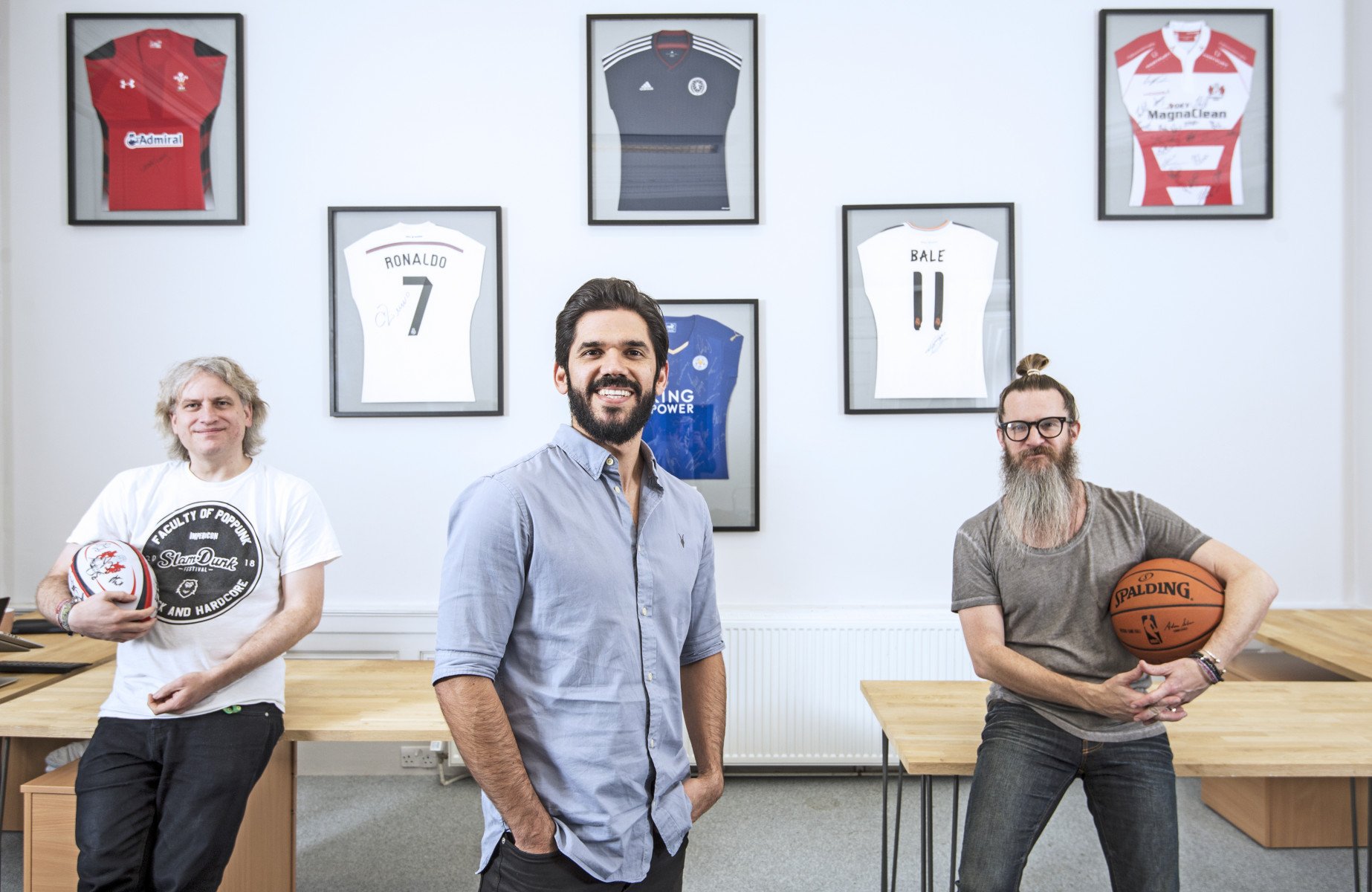
To see the myriad companies adapting to the digital world, one need only look.
In the last few years, entrenched business models in sport have been challenged by fresh-faced newcomers with different ideas. Esports is a classic disruptor. Down to the way in which competition is played and observed, this precious UFO is flying in the face of traditional sporting models. It is fresh and intriguing, but it also compels a monetisation rethink.
RELATED: Understanding the esports audience: The data deficit
Esports teams and tournament operators (TOs) are not profitable. TOs are largely fighting for peanuts tossed nonchalantly from the hand that feeds them. Teams aren’t yet earning enough from media rights. Almost everything is consumed for free; there are no TV subscriptions. The space is different. It must be monetised differently.
Here is a collection of three (types of) companies that might fundamentally improve the way revenue is generated by stakeholders within the ecosystem. ‘Types of’ is included because in some instances there’s more than one company that offers a similar product.
Recast

Recast could be one of the most exciting apps you’ve never heard of. Its potential for helping all parties monetise — including content creators, esports orgs, and tournament operators — is massive.
It was founded in 2018 to help niche sports like squash or handball better monetise their audiences, with a somewhat brief consideration of esports. Nevertheless Recast’s model applies to esports as a hand does a glove.
In February The Esports Journal spoke to Recast’s Founder and CEO Andy Meikle. Meikle co-founded SportLobster, a sports platform for fans showing news, sports pick-ems, and other similar features. He stepped away from the project to pursue what he felt was a more sustainable business model — Recast.
Let’s showcase the model with a hypothetical example.
Let’s say G2 livestreams a behind-the-scenes, two-hour-long content day with the League of Legends team. Caps, Rekkles, and Jankos will be modelling the org’s new Adidas drop. The social media manager at G2 livestreams the entire thing on Recast. G2 might charge 30 casts (Recast’s in-app currency) for fans to watch. For rights holders, one cast spent = one penny earned (£0.01). Let’s say 10,000 people spend the casts to watch. 10,000 x 30 = 300,000. 300,000 casts = £3,000. Recast takes a 15 percent cut on all transactions, meaning that’s £2550 earned for G2.
That doesn’t include other G2 players resharing the stream on their own verified Recast accounts. Rights holders also decide the split of revenue for the content they upload. For example, G2 might set the split at 50/50, meaning that for every new viewer that comes from a G2 player’s reshare, G2 and the G2 player would get 15 casts each (remember G2 is charging 30 casts per view in our hypothetical). Fans that watch the stream can also reshare, earning themselves extra casts (and can also earn casts by inviting friends to Recast, posting their own short-form content, or by simply buying them). Dynamic usage incentives are built into the app, for all parties.
It’s a brilliant idea and one that, aside from giving orgs the opportunity to monetise any content they like, enables content creators to monetise the resharing of events. For esports, the potential here is obviously massive.
Think of Gaules, who broadcasts South American CS:GO to the tune of hundreds of thousands of viewers; Emad, who hosts viewing parties on Fortnite esports events; Myth or Shroud who watch along with North American VALORANT. Each of these influencers invariably has higher viewership on a watch-party than the main broadcast itself. What if they could easily and efficiently monetise these new eyeballs? Wouldn’t they prefer to rebroadcast via Recast?
[primis_video widget=”5183″]
RELATED: Esports investment report, April 2021: OverActive Media, GRID, Epulze
It should be noted that it’s not clear whether Recast will offer this. So far, all that is known is that other verified creators can reshare content and earn money from it; it’s unclear whether Recast’s functionality allows for creators to reshare with their own stream overlay. But the model allows for rights holders to monetise content at no obligated cost to the fan, and for creators to earn money from introducing new fans to an event. That is unbelievably exciting for esports — particularly in a world where individual brands may well be superseding traditional ones. Enabling conduits of eyeballs to monetise said eyeballs is long overdue. Recast’s model, in time, may facilitate that.
To read the rest of this article (another 1,000 words), go to The Esports Journal Edition 8, page 10

